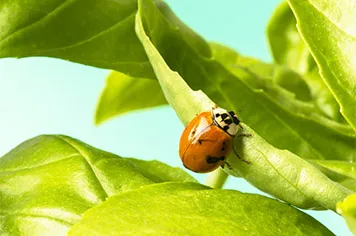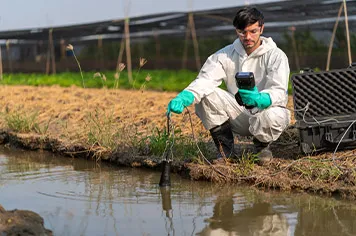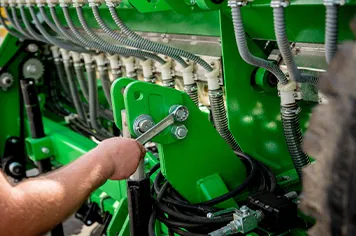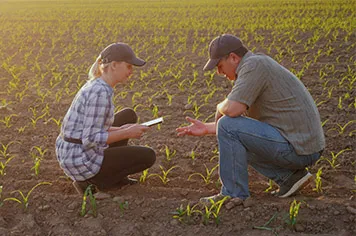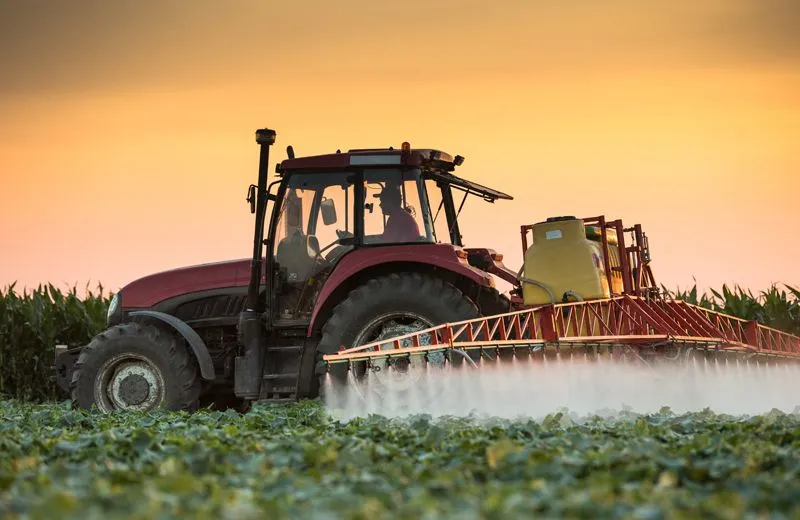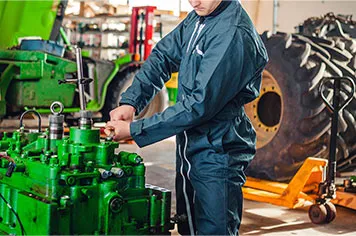Sustainable Use of Plant Protection Products
Plant protection products (PPP’s) play a vital role in modern agriculture by safeguarding crops against pests, diseases, and weeds. However, their usage has raised concerns due to potential adverse effects on the environment, human health, and non-target species. Thus, achieving a sustainable balance between agricultural productivity and ecological integrity is paramount in addressing these concerns.
Because of this, when using PPP’s we should always:
Safe Use of Products
The safe use of products in agriculture is essential as it protects human health, preserves the environment, supports sustainable agriculture, ensures food safety and respects responsible stewardship. This is a critical element of modern farming practices that benefits not only farmers, but also consumers and the planet.
How to use a plant protection product
Learn how to use a plant protection product within the framework of Integrated Protection - a term describing the multidimensional approach to managing pests, diseases and weeds.
This approach integrates biological and physical control, genetics (e.g., resistant varieties), and preventive measures such as the use of PPP's. The aim is to manage pests so that they do not cause further damage, protect the environment and the community, maximise the benefits of these products and extend their useful life by delaying the development of resistances.
What should you do?
- Evaluate pest management practices.
- Select and apply plant protection products according to IPM principles.
- Obtain advice only from qualified technicians who prove to have adequate knowledge of pest control and safe use of plant protection products.
- Manage pest resistance.
Label instructions
Do not forget to select the product carefully and follow the label instructions.
Assess plant protection products and how they should be used by reviewing product labels, safety data sheets (SDS), technical bulletins, and manufacturers' websites to avoid any possible dangers and/or risks. Please pay attention to the label.
Risk and Caution Statements
The risk and caution statements are registered on the label and on the safety data sheet (SDS) with different codes describing the products' hazards and recommended actions.
The statements of danger refer to physical, health, and environmental risks and are coded using the letter "H" and three numbers, of which the first indicates the primary nature of the hazard - H2xy for physical risks, H3xy for health risks, and H4xy for environmental risks.
The cautionary statements also have a unique code, consisting of the letter "P" and three numbers, of which the first indicates one of the five types of statements - P1xy for general recommendations, P2xy for prevention recommendations, P3xy for response recommendations, P4xy for storage recommendations and P5xy for disposal recommendations.
We introduce you to Rachel - ASCENZA's virtual assistant! 👩🔧
She's our host for this series of videos on the Safe Use of Products. Check it out below.






Personal Protective Equipment (PPE)
The use of Personal Protective Equipment (PPE) can significantly reduce the potential for dermal, inhalation, and eye and oral exposure and thus minimise exposure to possible syrup spray drift.
The term PPE refers to clothing and devices used to protect the human body from contact with pesticides or pesticide residues.
This protection includes items such as protective clothing, footwear, gloves, aprons, respirators, goggles, and headgear.
You must adapt your personal protection to the risk of exposure to pesticide products.
Carefully review the signal word, precautions, personal protective equipment requirements, entry restrictions, emergency first-aid measures, and instructions for use - they are there to protect you and other people as well as the environment.
Good Neighbourhood
Being a good neighbour is key.
Misdirected pesticide (PPP) can cause problems between applicators and their neighbours and so the first step is to identify your neighbours. Then, remember to consider:
- Which fields are near your neighbours' properties?
- What kind of boundaries exists between your land and your neighbours' properties?
- What crops do you grow, what plant protection products may need to be applied, and when?
And never forget to...
In case of intoxication, contact the nearest Anti-Poison Information Centre immediately. While awaiting for medical assistance, proceed as follows:
- Move the affected person out of the place where he/she has been intoxicated.
- Remove clothes and shoes.
- Never induce vomiting in unconscious persons. If the victim is conscious and vomiting, sit him/her down leaning forward so that he/she does not suffocate.
- Never give liquids (milk, oily or alcoholic products) or cigarettes to an intoxicated person.
AFTER SPRAYING
Packaging
Empty containers, bottles, and cylinders, once fully used, should be closed, disposed of, placed in a collection bag, whenever possible, and delivered to an authorised collection point.
About bottles and cylinders specifically, we strongly recommend to triple wash them, prior to delivery for recycling. Triple rinsing is crucial when we talk about the use of agrochemical products. This is a method that protects the operator, ensures better use of the product, and avoids contamination with residual products, thus preserving and cultivating a better future for all of us.


Discover more about Nerthus Programme:
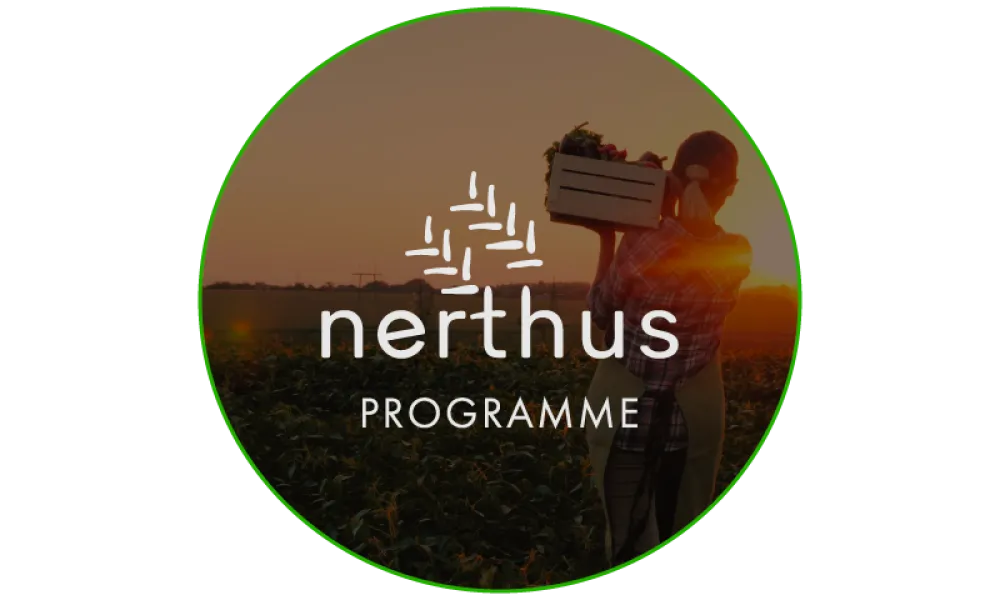
This programme acts toward Plants, People, and Planet, across two major drivers: stewardship and sustainability. Discover how.

We are focusing our R&D efforts on reducing the negative impacts on the environment and biodiversity.
